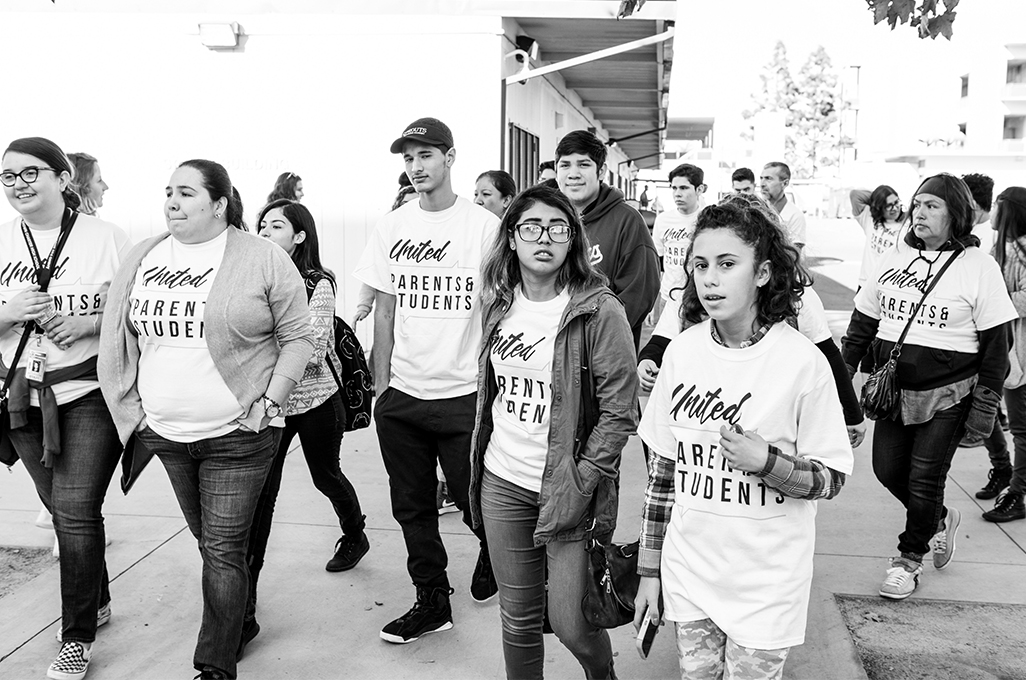United Parents & Students: Community Organizing for the Long Haul

By Larry Foundation
As the worst of the COVID-19 pandemic thankfully passes into history, progressives in America look to a new landscape of racial, economic, and social justice and equity that we can help to forge. Scientists around the world beat every record to invent a vaccination in record time to halt the paralysis yoked upon us by the coronavirus pandemic. We support the federal bailout of our schools, and of state and local governments, which face unprecedented economic shortfalls. Some of us also look towards what Franklin Delano Roosevelt called the “Great Compression,” policies that would address and rectify the evils of the historical inequalities that plague our very future. And, now the American Rescue Plan has been passed and checks are landing in American pocketbooks. Yet many pundits are already asking: will the ARP be the beginning of a new war on poverty and injustice, or simply a one-off? For most of us, to realize our hopes and dreams for the improvement of our country we rely on century old tactics of winning electoral victories at the ballot box and the organizing and mobilization of people. However, what has become clear to me is that folks have begun to organize every 2, 4, or 6 years. Stevie Wonder said it right: “I live in the ghetto. You only come see me around election time.”Ad hoc organizing is not the path to social change. It never has been. The path to power- – like the building of a great Cathedral, a splendid mosque, or a sacred and historic synagogue – – is a long-term, continuous grind of developing organizations that work not every few years, but 365 days a year, year after year, decade after decade.
